Is Your Tap Water Safe To Drink Or Use In The Garden?
User
6 years ago
Related Stories
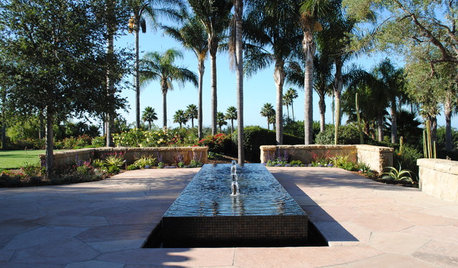
GARDENING AND LANDSCAPINGGardens Tap Into Rill Water Features
Rooted in ancient design, this water feature is popular again as a way to help contemporary landscapes flow
Full Story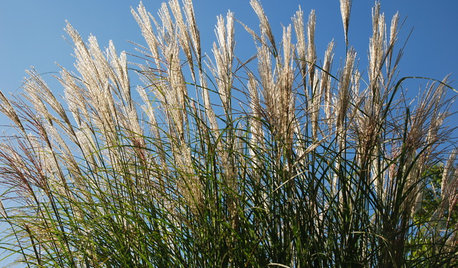
LIFEConsider Avoiding These Plants to Help Keep Your Garden Fire-Safe
Plants that accumulate dead material, are high in oil or have low moisture content in leaves put some homes at risk
Full Story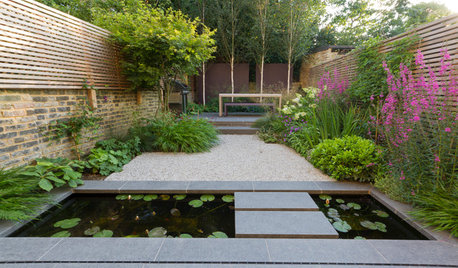
LANDSCAPE DESIGN8 Dreamy Water Features for Gardens Big and Small
Consider these ideas for small pools, minimalist channels and cascading streams to add a relaxing element to your yard
Full Story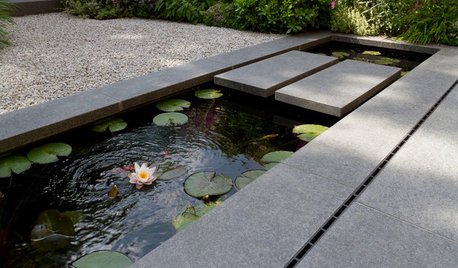
LANDSCAPE DESIGNHow to Introduce a Water Feature to Your Garden
With its sound, movement and ever-changing reflections, water brings vitality to an outdoor space
Full Story
GARDENING GUIDESEssential Watering Tips for Your Edible Garden
To give your edible plants just what they need, check out these guidelines for how, when and how much to water
Full Story
SAVING WATERXeriscape Gardens: How to Get a Beautiful Landscape With Less Water
Conserve water and make gardening much easier with the xeriscape approach’s 7 principles
Full Story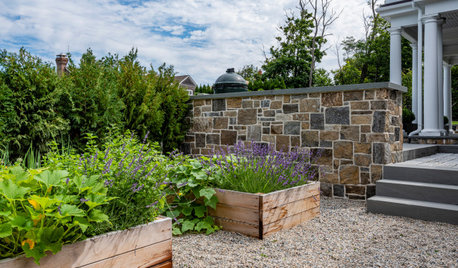
GARDENING GUIDES9 Ways to Be Water-Wise in the Edible Garden
Consider these tips to get a healthy backyard crop that uses less water
Full Story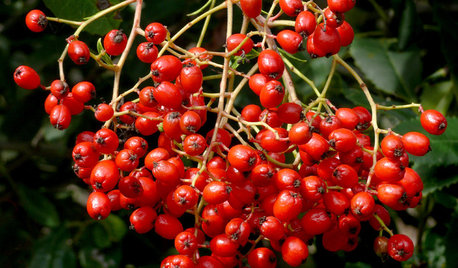
REGIONAL GARDEN GUIDESCalifornia Gardener’s December Checklist
Winter-blooming flowers to add to beds, cool-season veggies to plant and other ideas to take advantage of the season
Full Story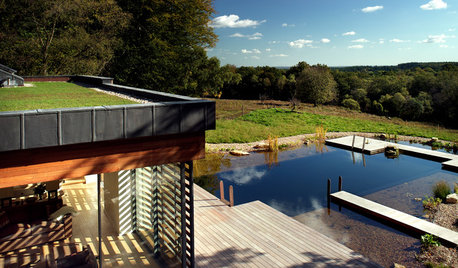
FEEL-GOOD HOMEFeel-Good Home: Water, Water, Everywhere
You can mindfully introduce water features into your landscape no matter the size of your yard
Full Story
GARDENING AND LANDSCAPINGSimple Pleasures: Beat the Heat With Water
Quench your thirst and satisfy your need for summery joys by tapping into the many wonders of water
Full Story


UserOriginal Author
Related Discussions
Rain Barrel Water Safe for Veg Garden?
Q
Using tap water, using bottled water for cooking & such
Q
undersink water filter that uses existing tap - "Full Flow"
Q
Drinking Water Safe Garden Hose
Q